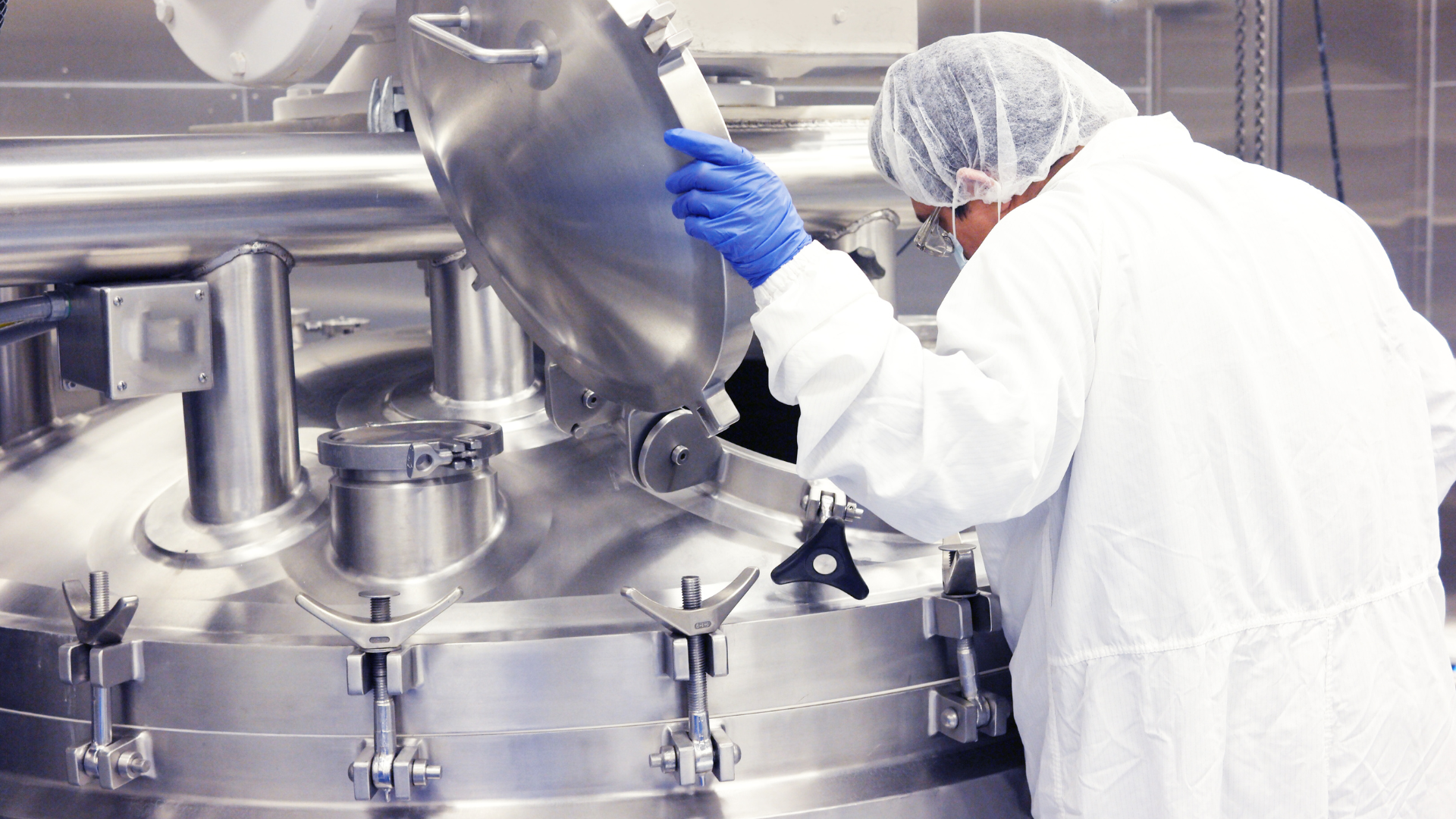Zebrafish Models May Hold the Answer to Cell Dedifferentiation

Using a zebrafish model, a research team from the University of Michigan have found a loop in the body's mitochondria may enable the dedifferentiation of cells.
In findings recently published in PNAS, the team observed that some cells under specific conditions may ‘retreat' up the path of differentiation, allowing them to re-differentiate into different cells.
These findings support a growing consensus in the scientific community that cell differentiation is not necessarily irreversible, as previously thought.
Cunming Duan, Professor and Director of the Undergraduate Program in Neuroscience at the University of Michigan, has a laboratory dedicated to the discovery of conserved mechanisms regulating cell development and plasticity.
He explained in Technology Networks that cell fate and differentiation was conventionally considered to be a one-way journey.
“The stem cell divides and becomes a progenitor cell, which will become the future skin, neuron, liver, or muscle cell.
“People also thought this was true of adult tissue regeneration,” Duan continued.
The concept ran that if a person cut their skin or injured a muscle, a population of adult stem cells within their body would function in the same way, dividing and proliferating into progenitor cells in an irreversible process.
However, research from animal models such as zebrafish in more recent years has shown that this approach may be overly simplistic.
While stem cells can differentiate to become different cell types, findings now indicate that cells can also – under certain conditions – revert back to a precursor cell to produce different cells in a process called dedifferentiation.
Investigating Cell Plasticity Using a Zebrafish Model
To prospect further, Duan and his team developed a zebrafish model, labelling epithelial cells which transported calcium ions with a green fluorescent protein.
The research team were subsequently able to induce differentiated cells to re-enter the cell cycle, allowing them to visualise the cell dividing with a focus on the function of mitochondria.
When mitochondria break down sugar to produce adenosine triphosphate (ATP), they also produce reactive oxygen species (ROS): highly reactive chemicals which can cause cellular damage.
While mitochondria are providing mitochondrial ROS, they function as signalling molecules, which can indicate a cellular stress response.
- Looking at the history of gene terminology in plant seed size
- Induced pluripotent stem cells manufactured on the ISS
- The huge range of applications for 3D cell cultures
Researchers involved with the project observed that when cell dedifferentiation and proliferation were induced in the zebrafish model, ATP production increased: mitochondrial ROS levels went up in those cells as a result.
Testing the loop's impact on the cell's ability to dedifferentiate, the researchers investigated knocking out the ATP production enzyme would block ROS production and inhibit dedifferentiation.
Researchers examined an associated mitochondrial loop in living breast cancer cells and found that the same steps took place there.
“Cancer cells also have this plasticity,” explained Duan, “and it's regarded as one of the major challenges concerning why we can't easily treat them.”
The potential applications of this approach include the possibility of future therapeutic approaches which could regenerate damaged tissue and organs, with fresh insights based on the principle of cell dedifferentiation.
Want to receive the latest industry announcements on cell manufacture and development? Sign up for our Cell series newsletter to get up-to-date news each month. If you'd like to know more about our upcoming 3D Cell Culture conference, visit our event website to download an agenda and register your interest.







